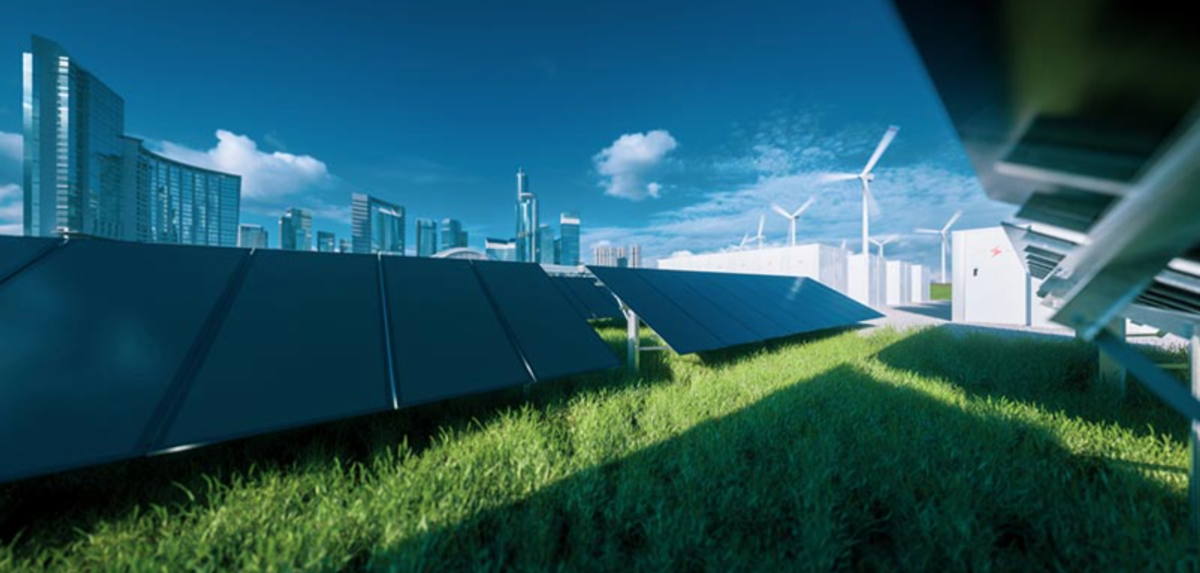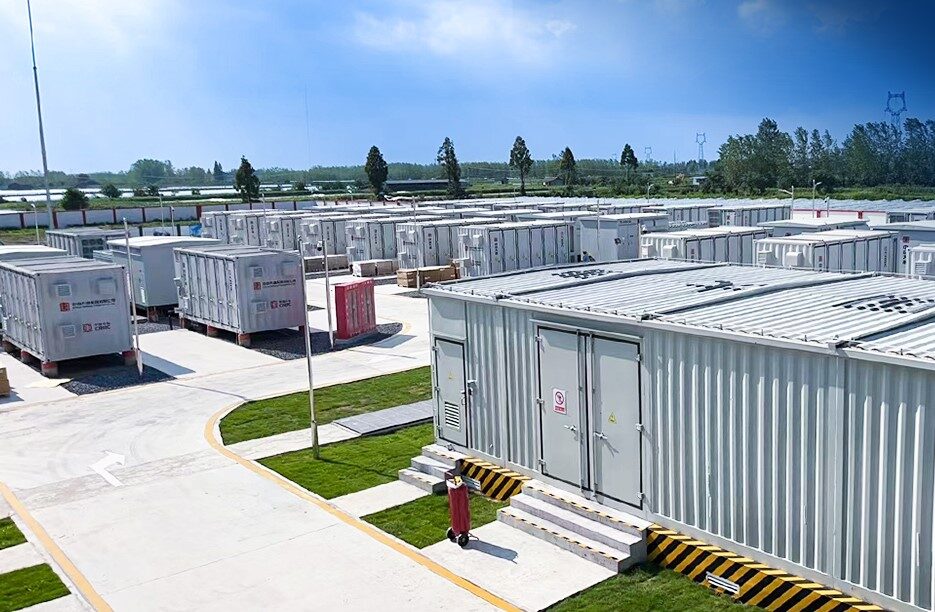From pv magazine USA
As the U.S. power grid progresses toward being sourced with 100% renewable energy, storage becomes critical to operating reliably and cost-effectively. Research at the National Renewable Energy Laboratory (NREL) suggests that there is no single “silver bullet” storage technology, but instead, a mix of technologies that could offer the most optimal future.
In a study published in Energy & Environmental Science, researchers from NREL used a custom, high-resolution model to compare energy storage possibilities across the United States. The group found geographic variation, among other factors, can determine the optimal energy storage portfolio.
For example, the California Independent System Operator (CAISO) grid has high solar penetration, and would benefit from discharging seasonal storage for around 50 days to cover winter months in the model. Compare this to the wind-driven Midcontinent Independent System Operator (MISO), which could deploy shorter-duration seasonal storage, with a capacity of five to 14 days. The researchers said these durations are currently much longer than currently deployed storage technologies.
Storage faces trade-offs in efficiency and capital costs for both the power and energy components, which is why the researchers say multiple technologies are useful. Short-duration technologies like Li-ion batteries have high efficiencies but also high energy-related costs, while long-duration storage like compressed air or pumped thermal have lower energy-related costs but suffer from lower efficiencies.
The study found that as a system approaches 100% renewable operations, a growing share of its storage portfolio would benefit from multiple-day to even seasonal capacity. This is due to an increasing seasonal mismatch of the remaining load and supply of renewable energy.
NREL also said a strategy of storage-to-storage charging may arise, to drop the rate of renewable energy curtailments and store more power where it’s needed.
The researchers said their models are important for renewable developers and stakeholders who are planning 10 to 20 years ahead. They said that because storage technologies are flexible they can be used for a variety of grid services. A next research step will be to understand the full range of energy storage benefits to inform optimal storage portfolios.
This content is protected by copyright and may not be reused. If you want to cooperate with us and would like to reuse some of our content, please contact: editors@pv-magazine.com.




By submitting this form you agree to pv magazine using your data for the purposes of publishing your comment.
Your personal data will only be disclosed or otherwise transmitted to third parties for the purposes of spam filtering or if this is necessary for technical maintenance of the website. Any other transfer to third parties will not take place unless this is justified on the basis of applicable data protection regulations or if pv magazine is legally obliged to do so.
You may revoke this consent at any time with effect for the future, in which case your personal data will be deleted immediately. Otherwise, your data will be deleted if pv magazine has processed your request or the purpose of data storage is fulfilled.
Further information on data privacy can be found in our Data Protection Policy.